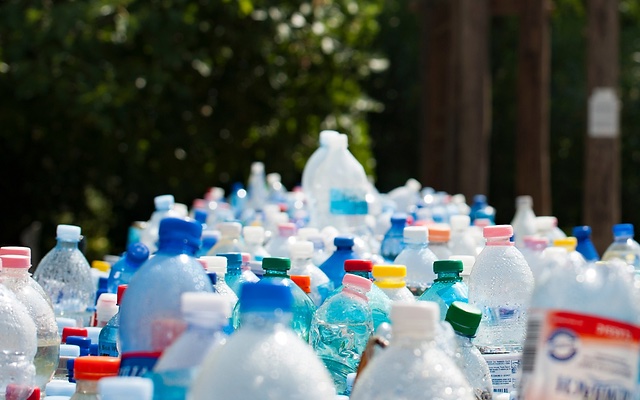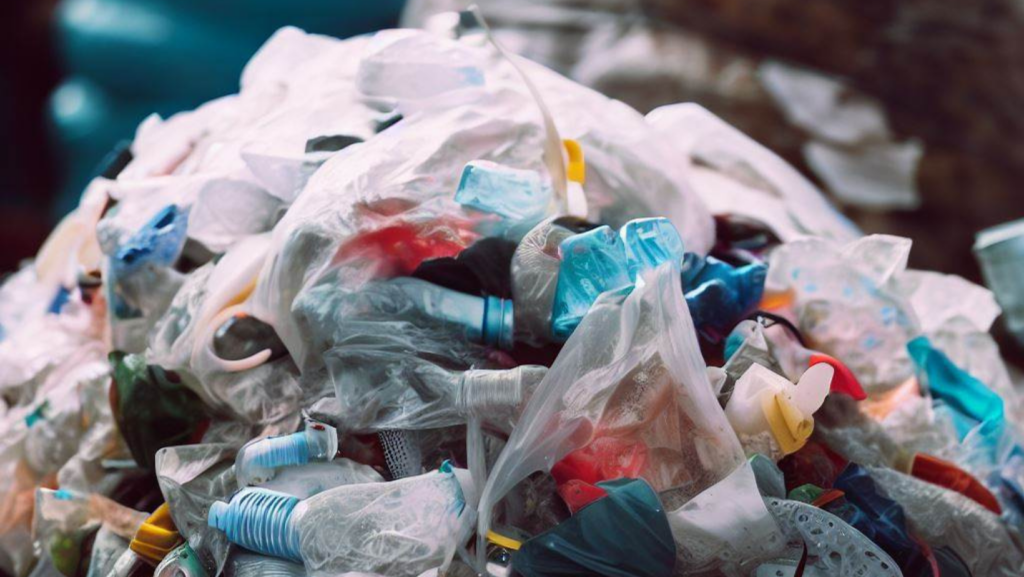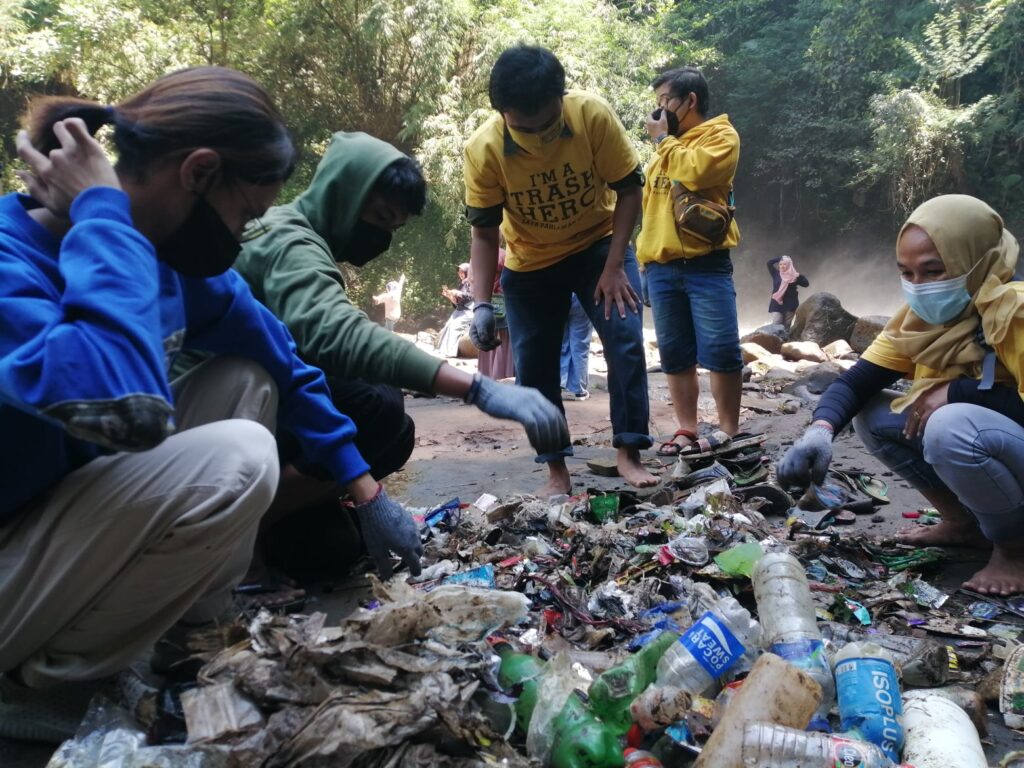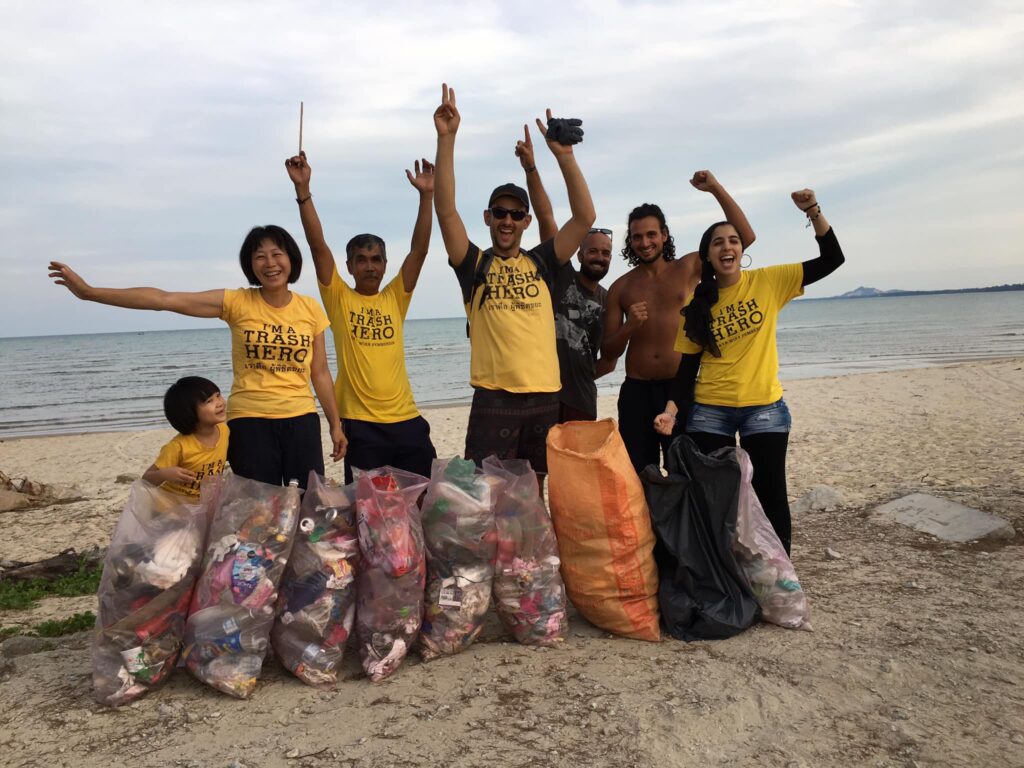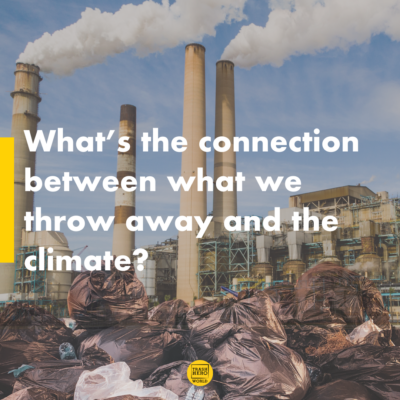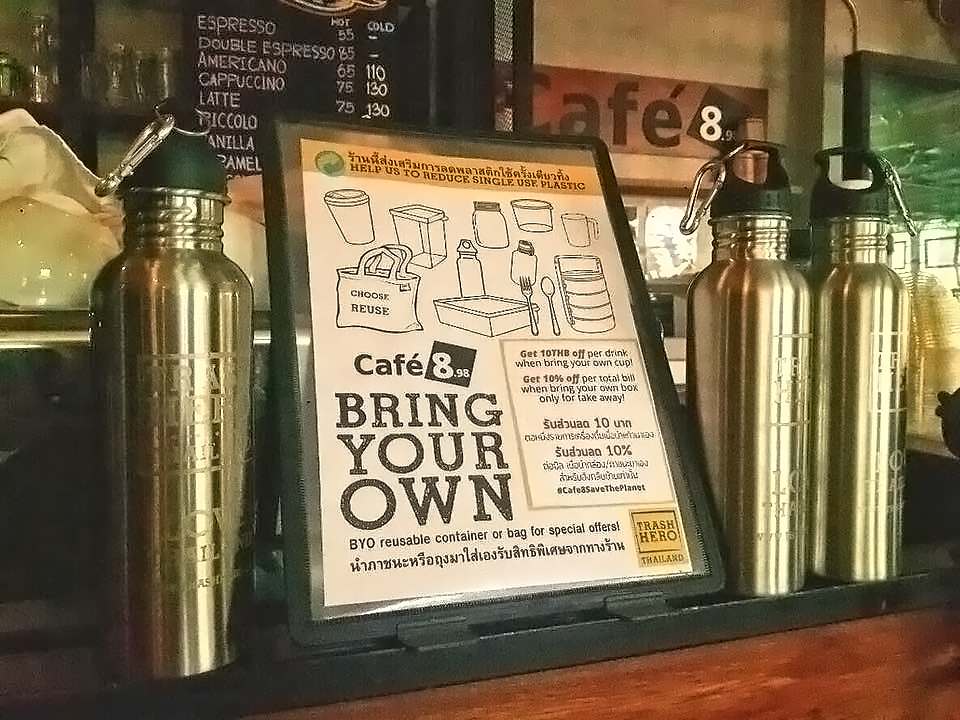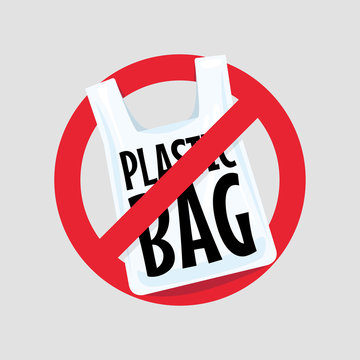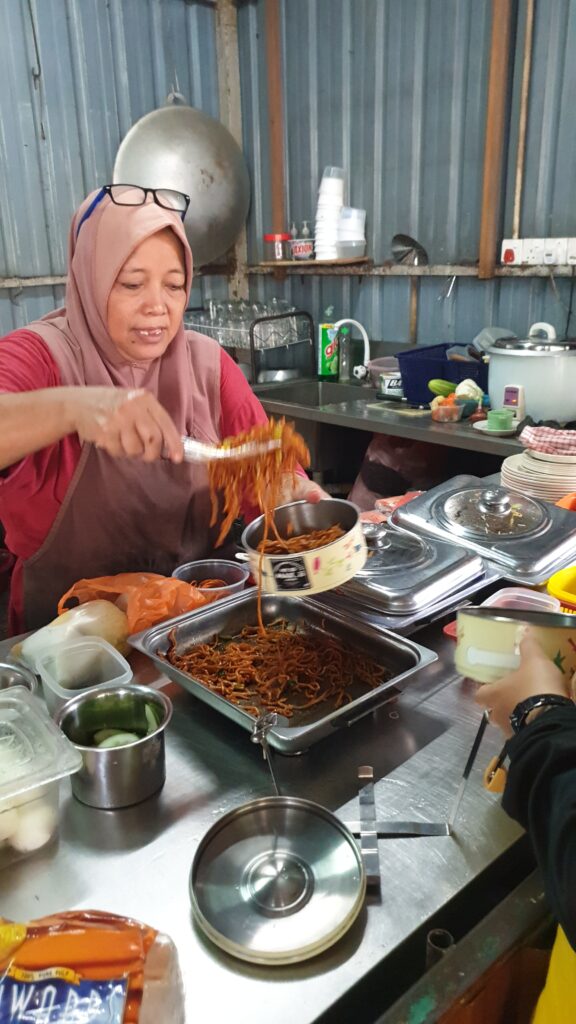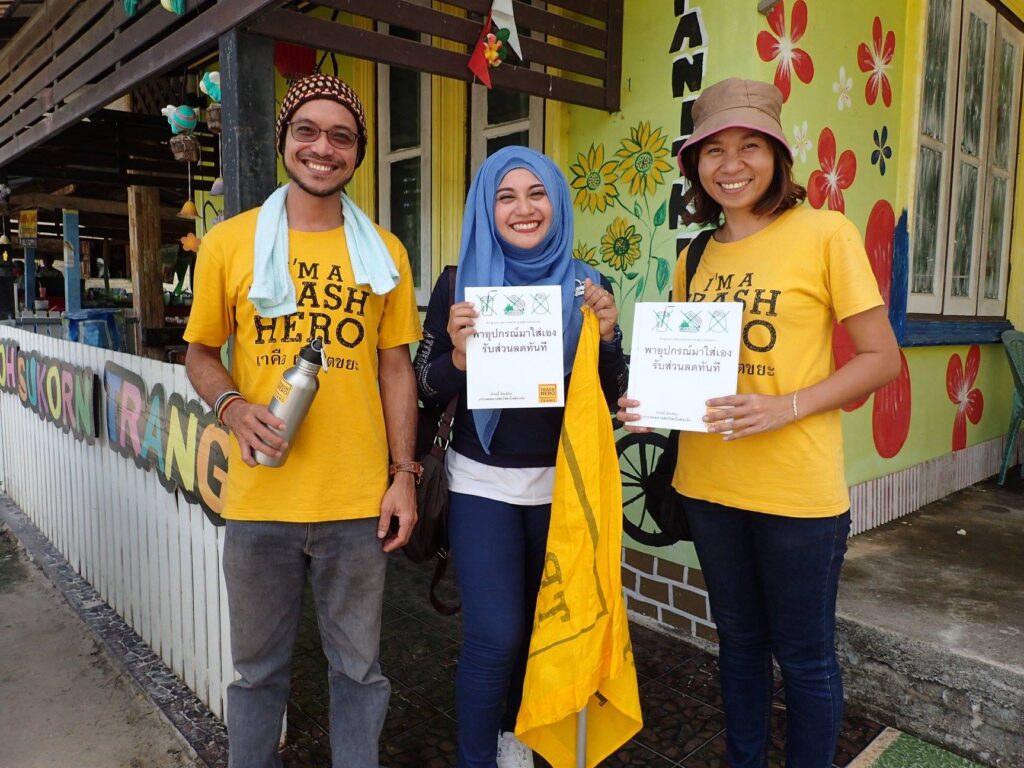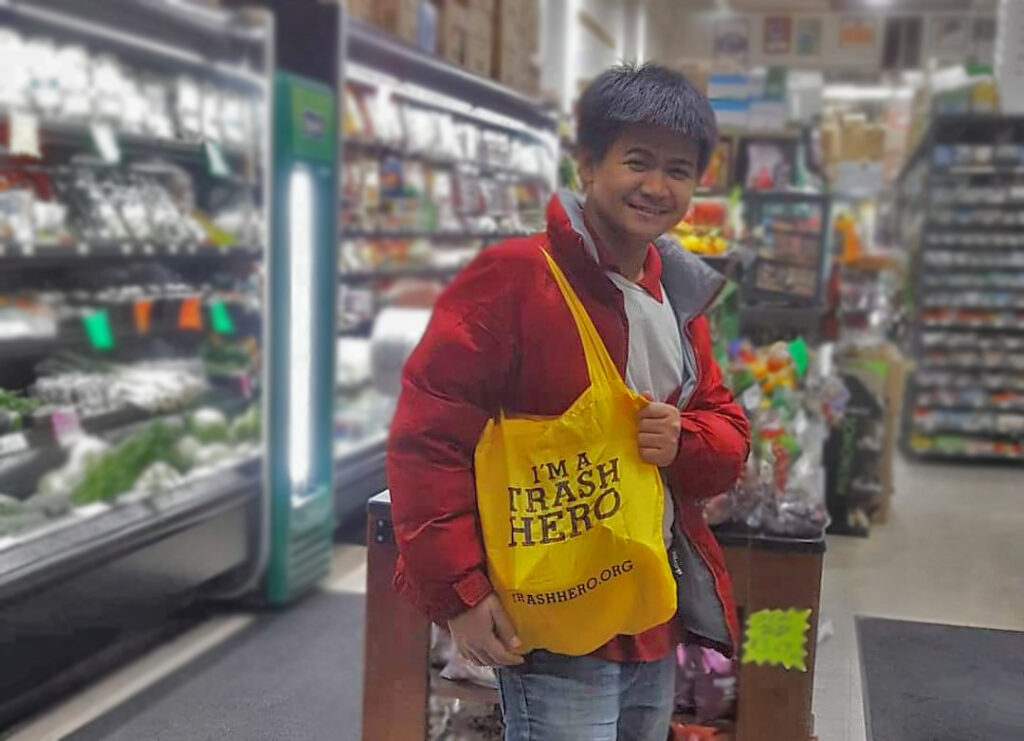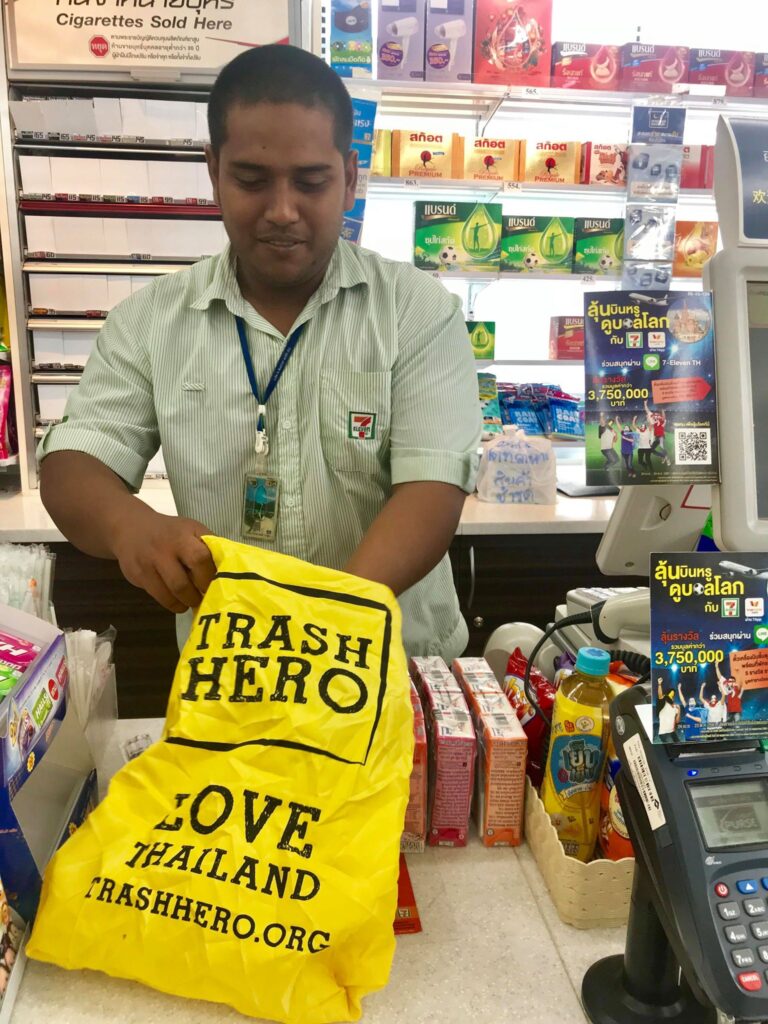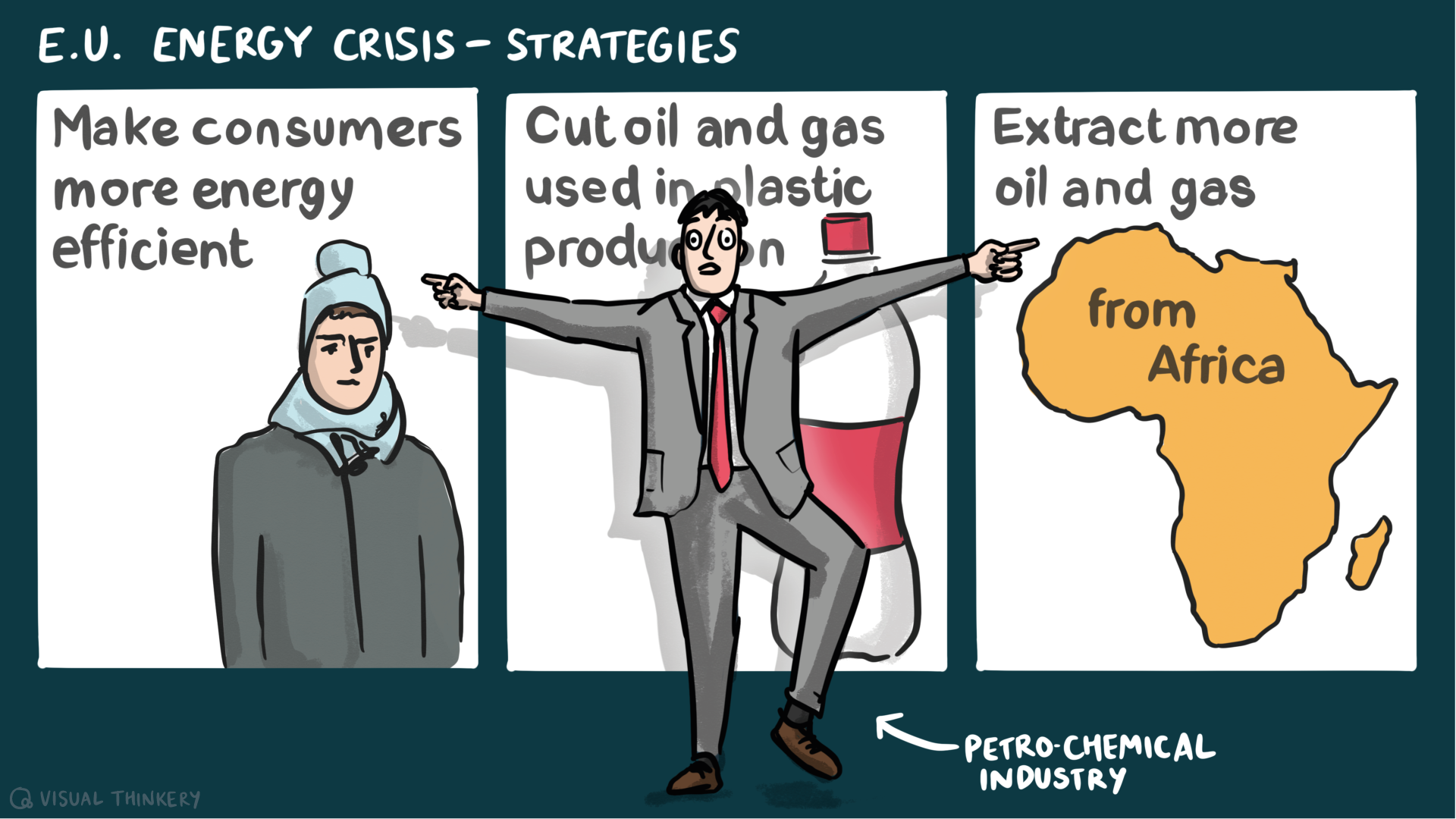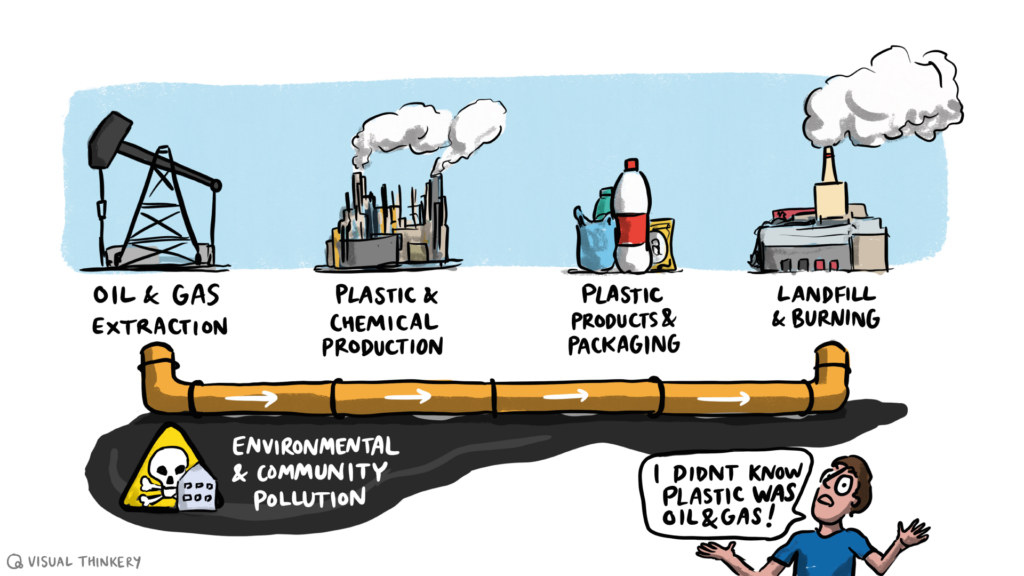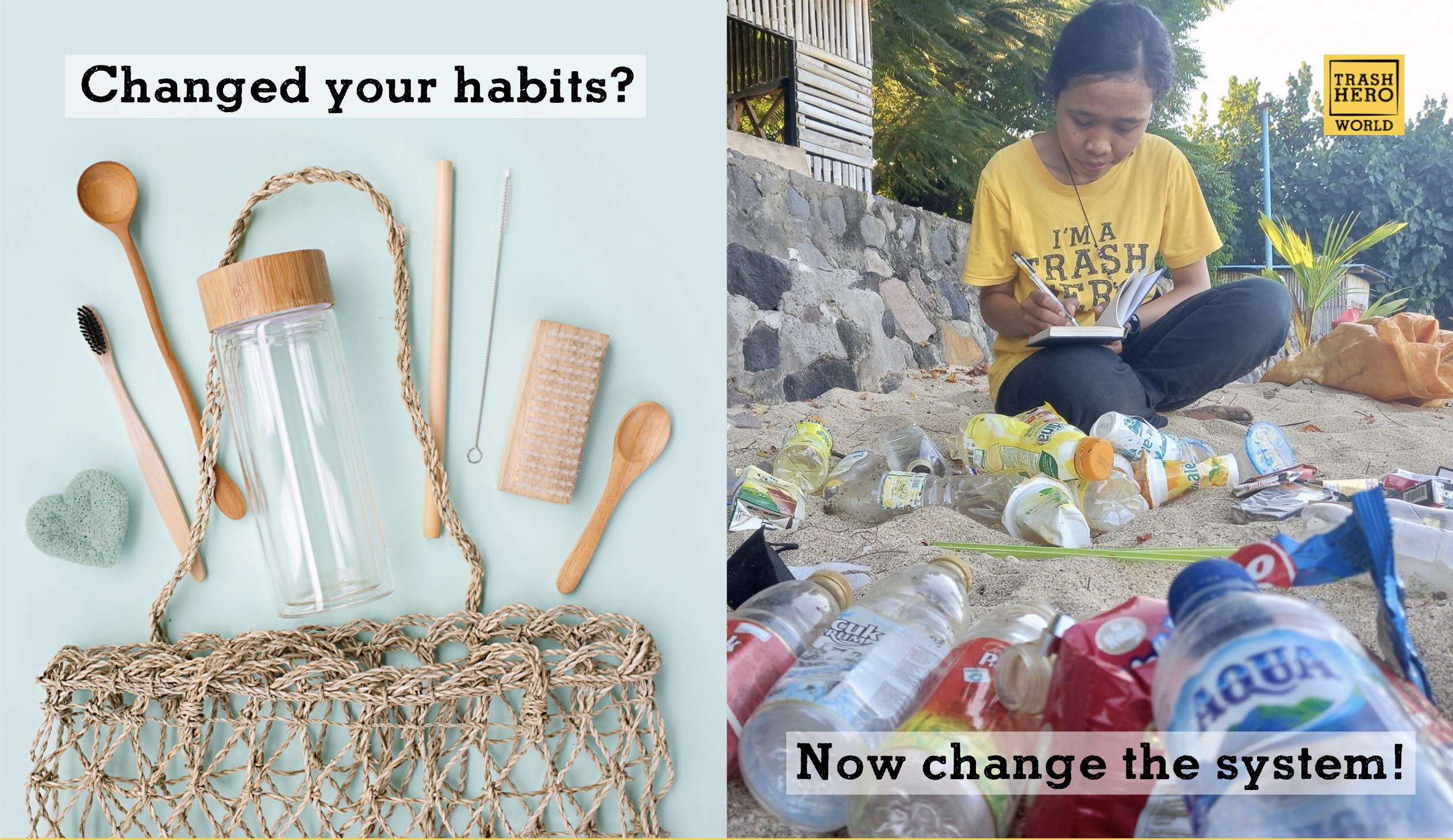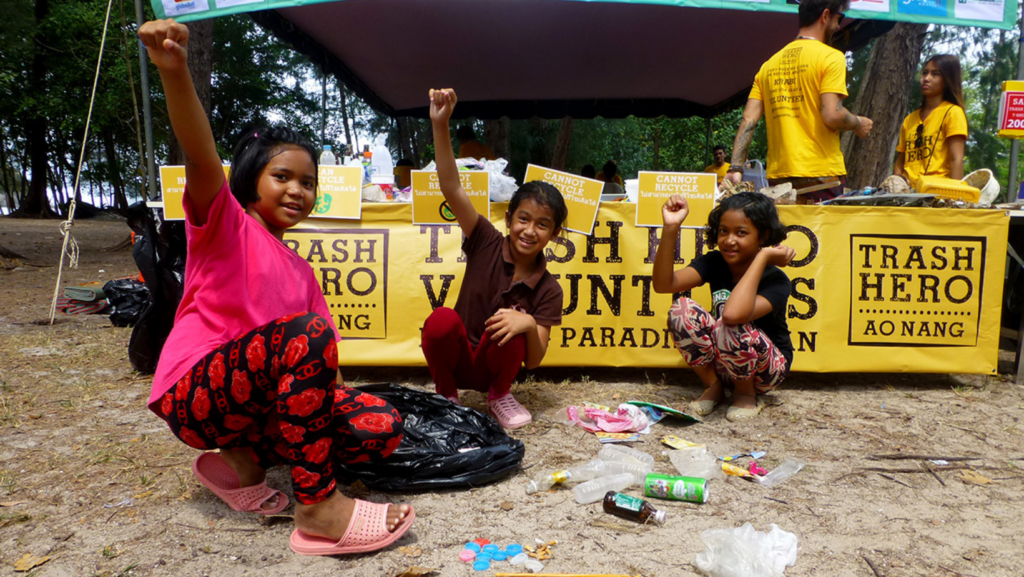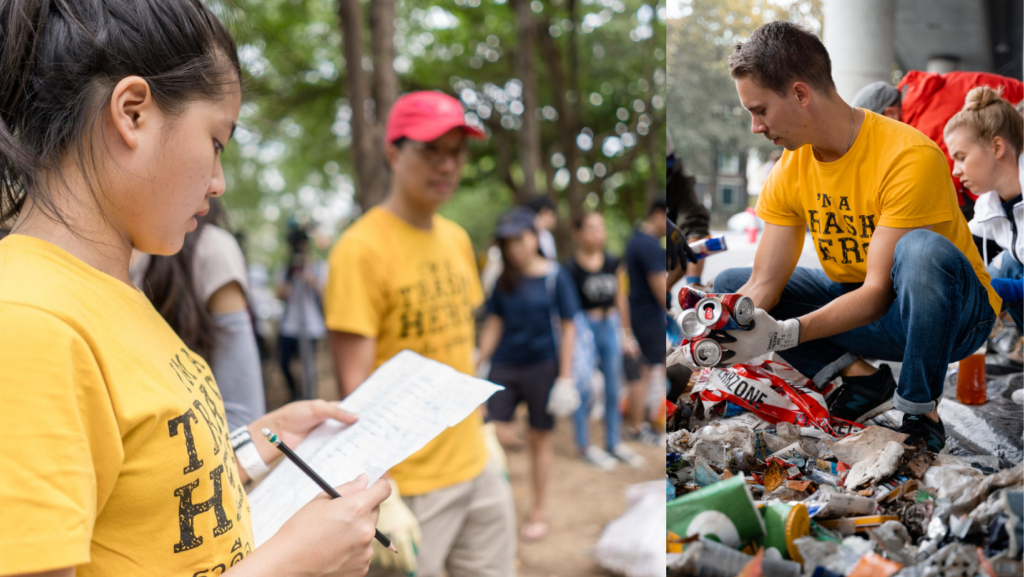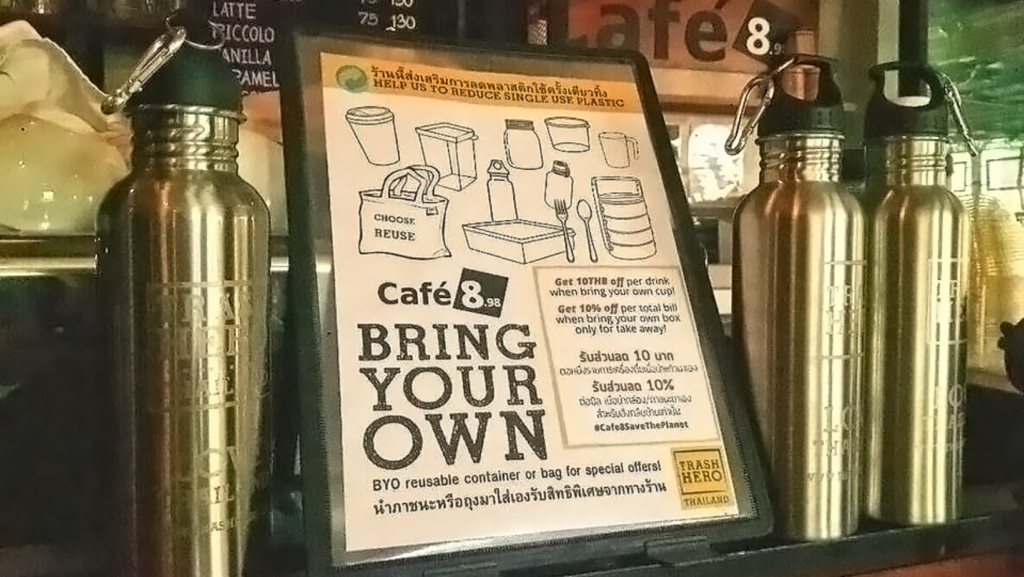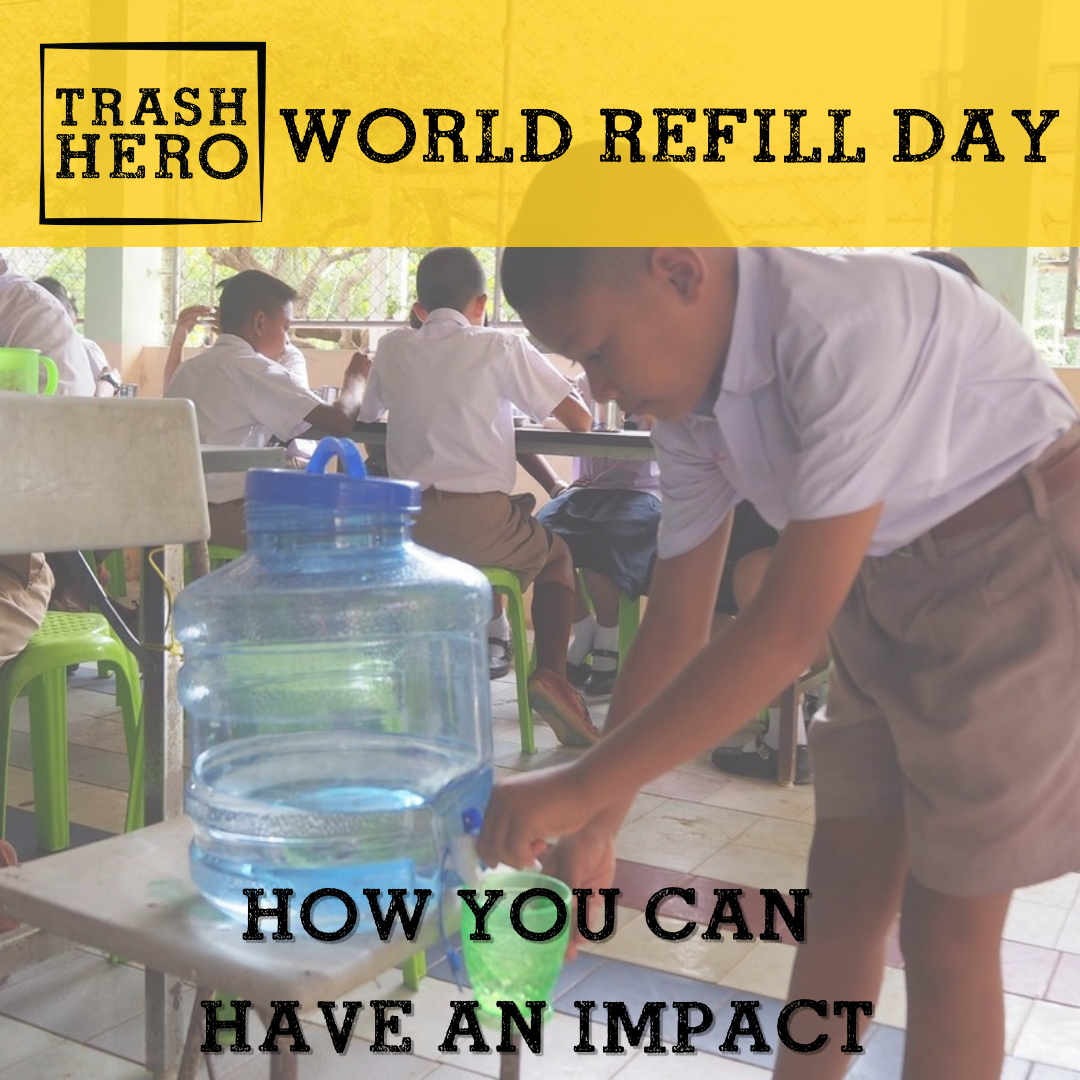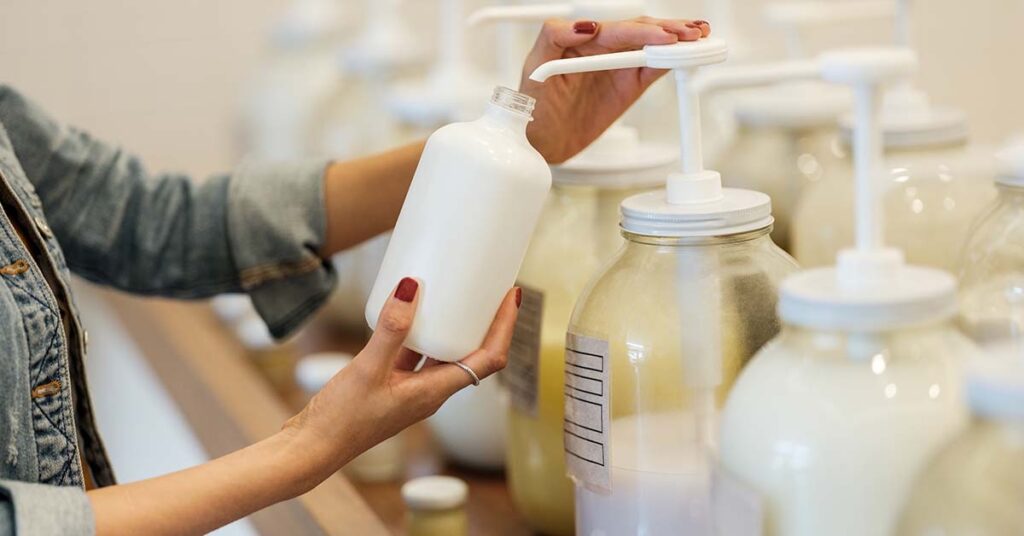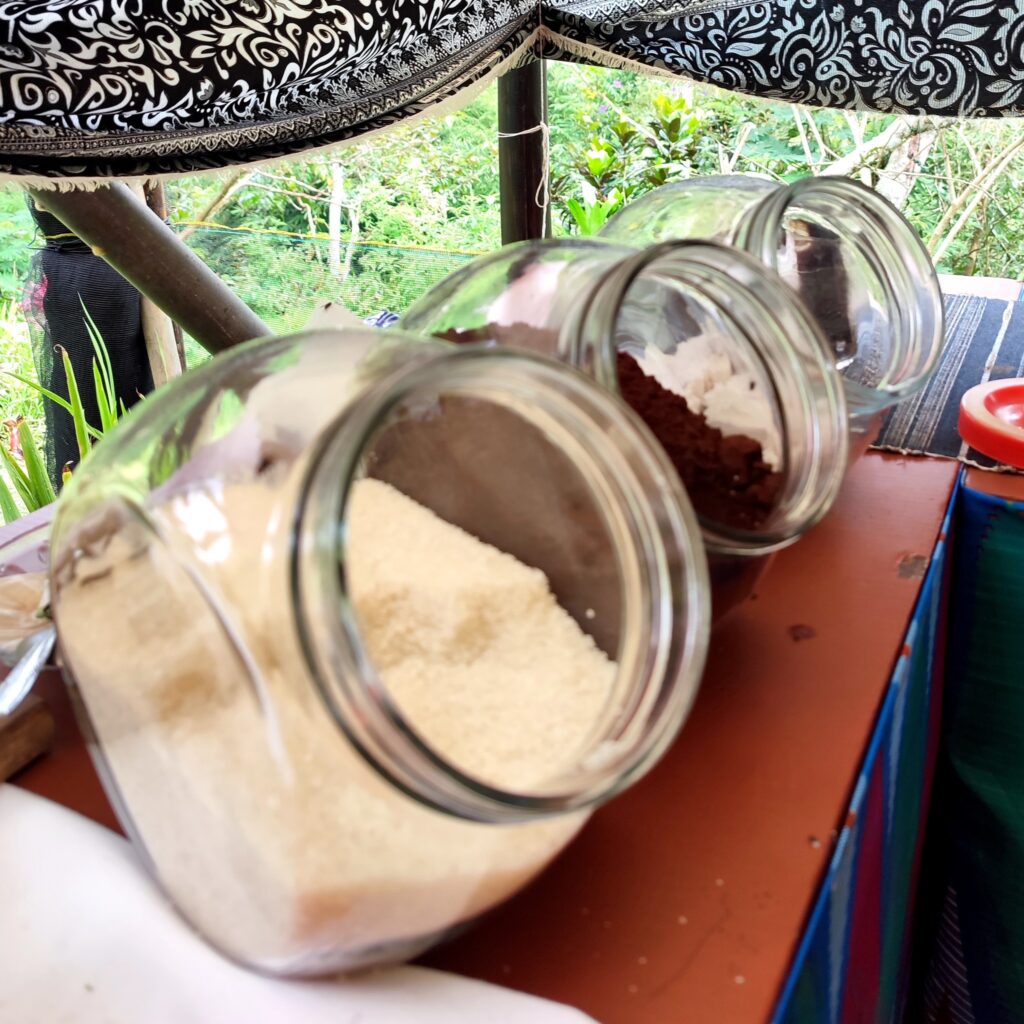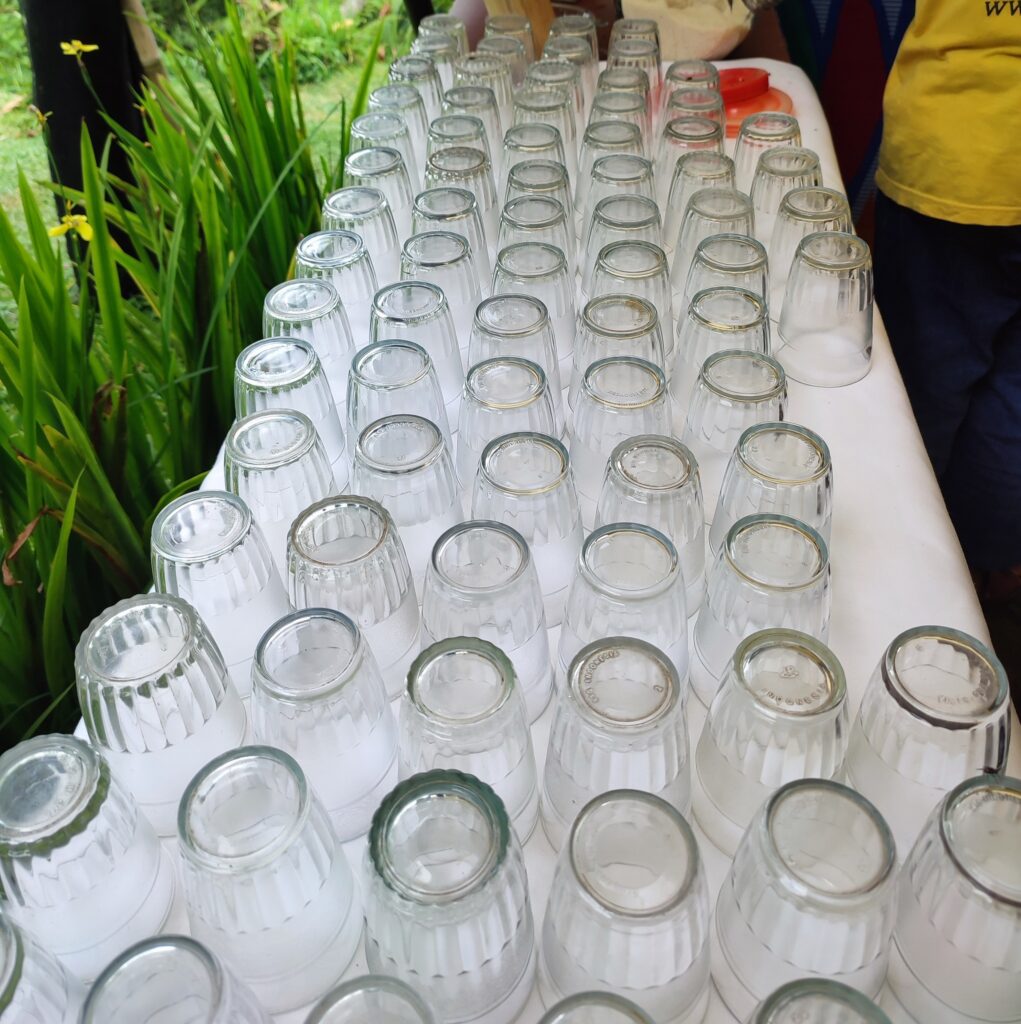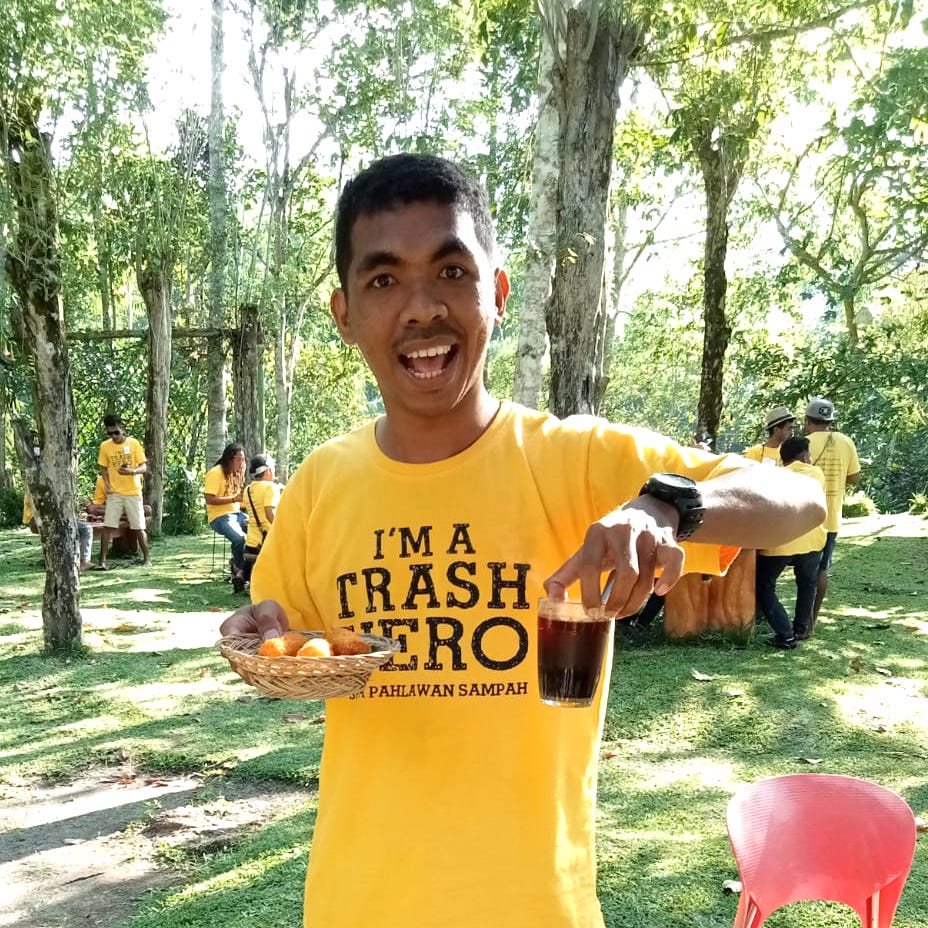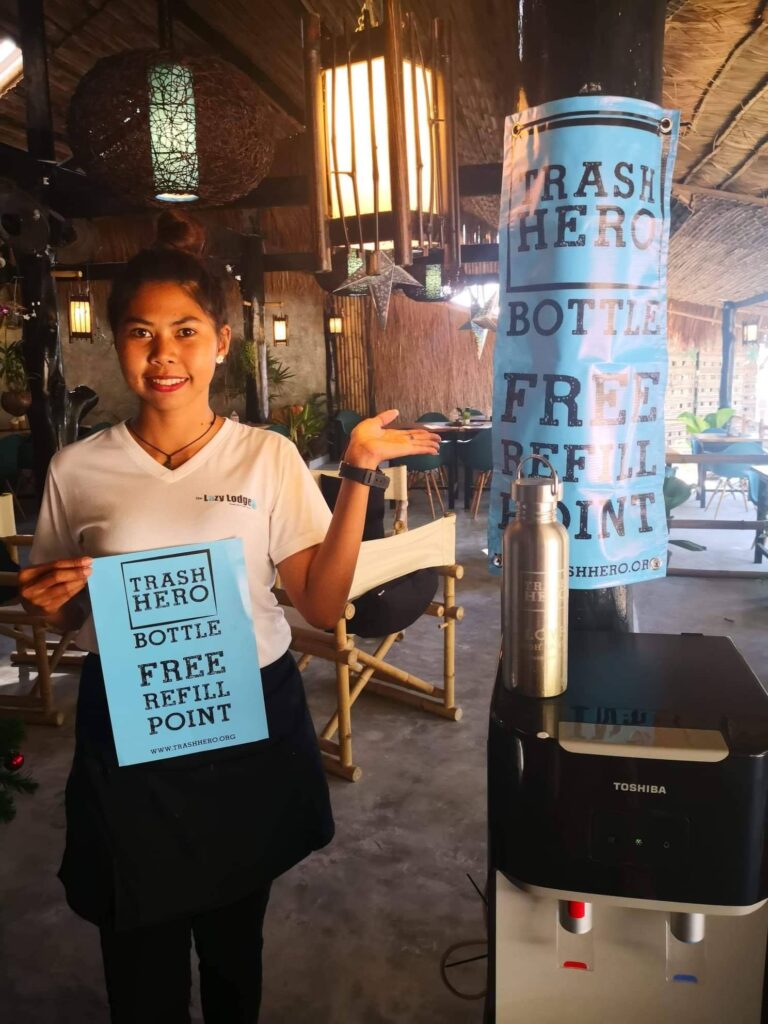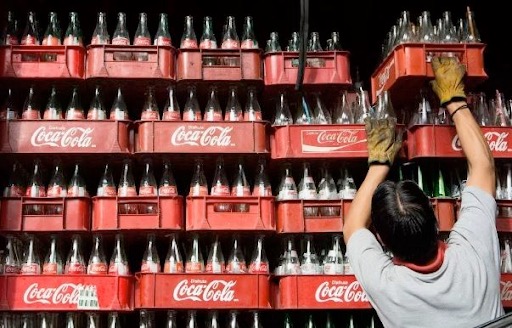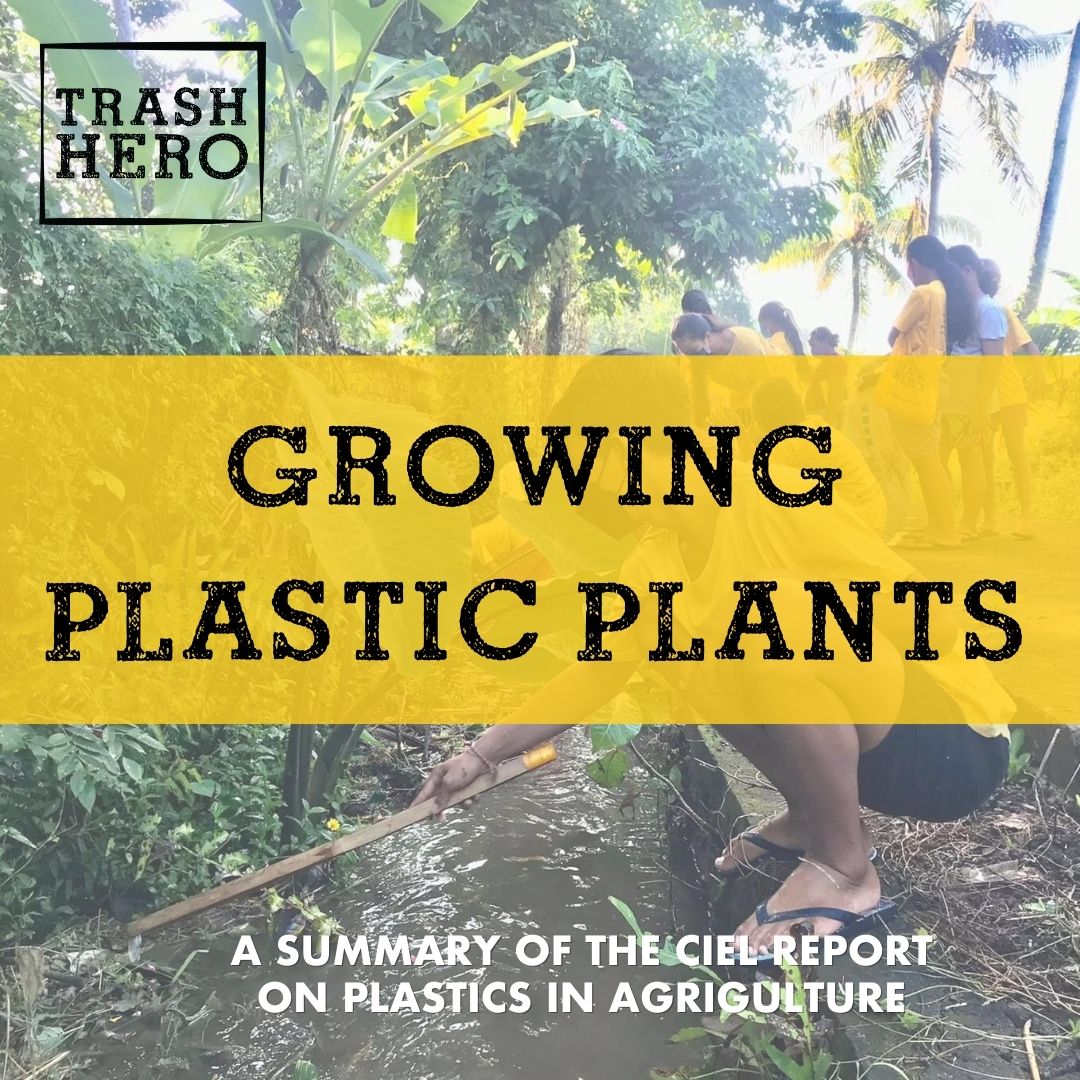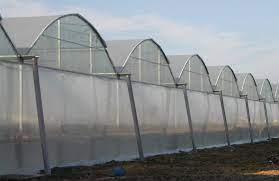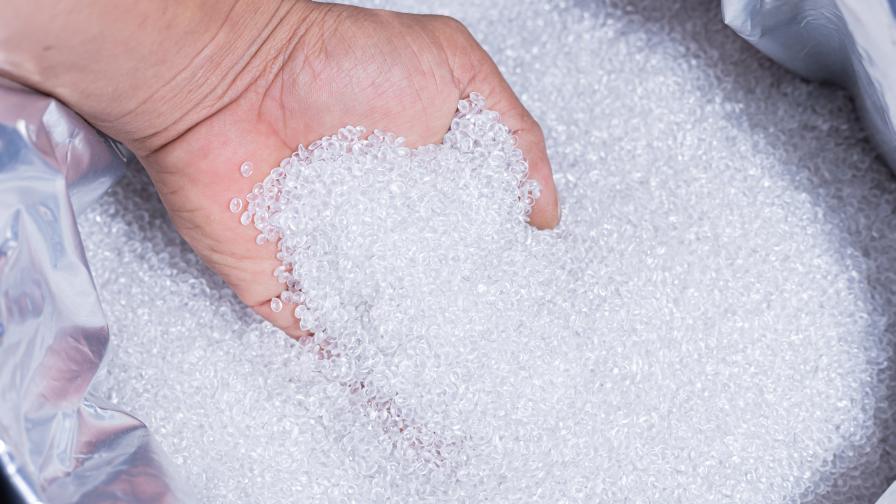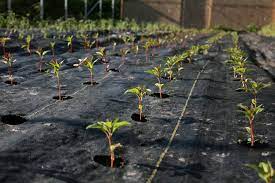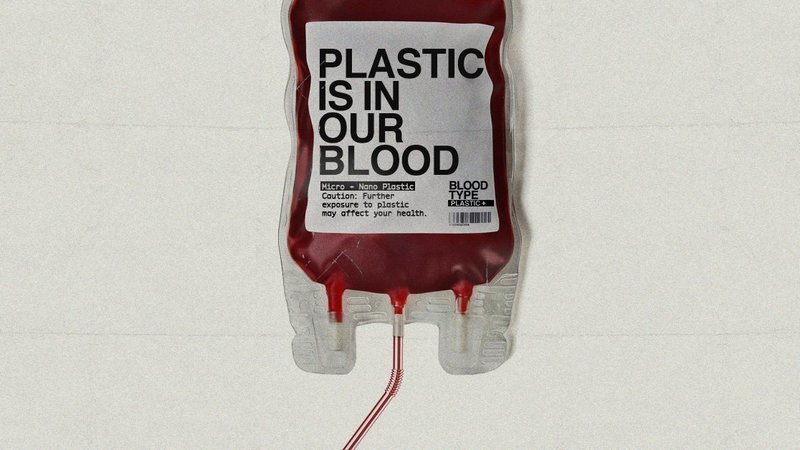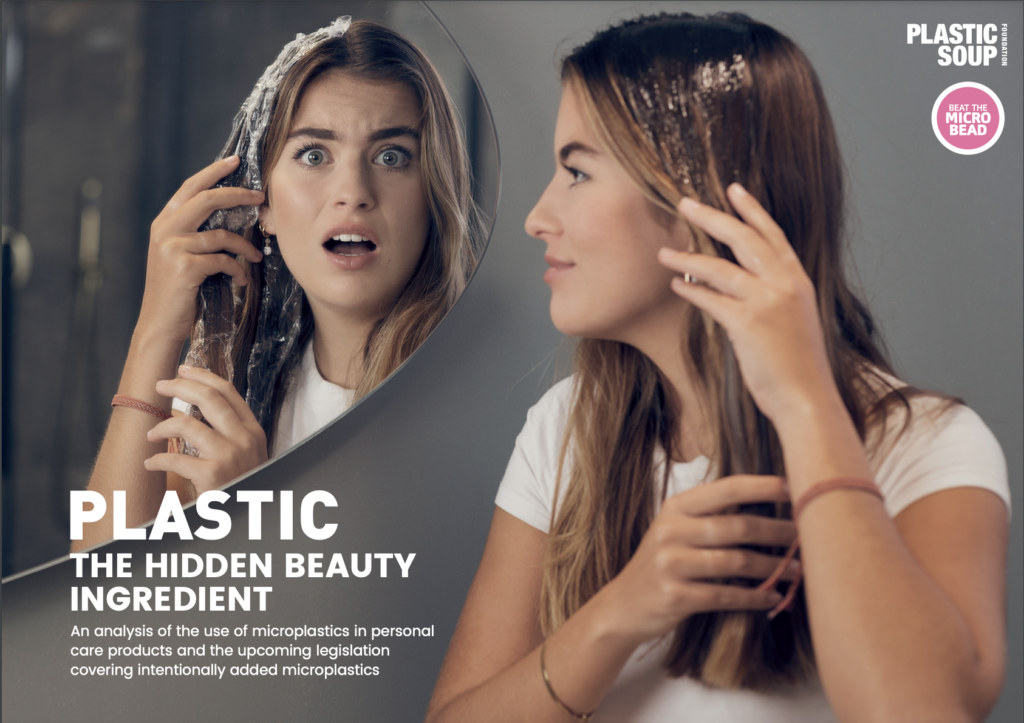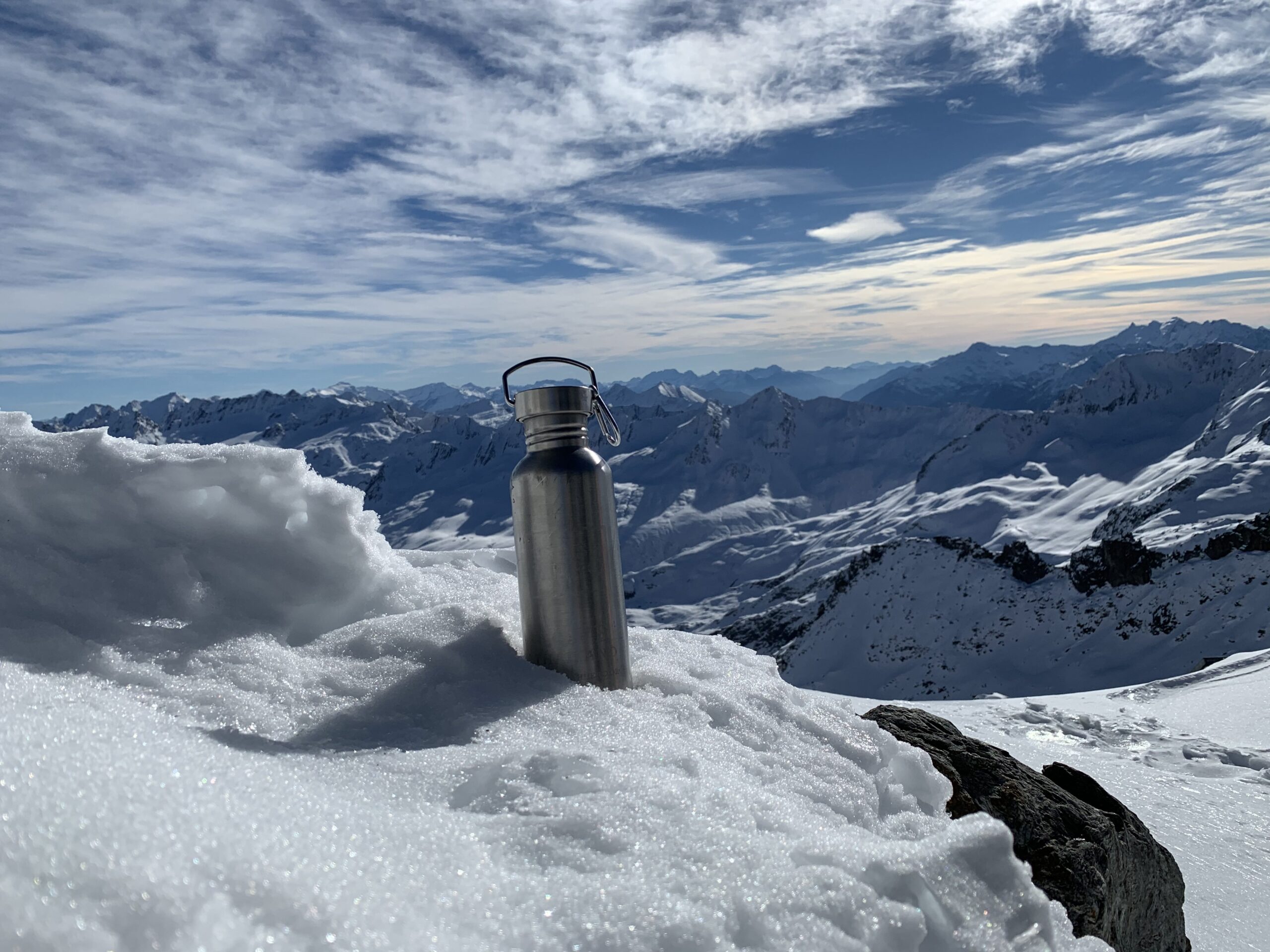Lightweight, brandable, airtight, and cheap: sachets embody plastic’s most appealing qualities. As single-serving pouches, they are touted as affordable for low-income households. Yet, the actual cost of sachets extends far beyond their price. Their short-lived life triggers serious environmental, health, and social impacts, particularly in the very communities they claim to assist.
The first record of commercially sold sachets was in the 1980s by Unilever’s India subsidiary, Hindustan Unilever Ltd (HUL). They targeted lower-income areas with small quantities of shampoo, sold in plastic pouches for just 1 rupee ($0.01). By the turn of the century, 70% of all shampoo in India sold was in sachets and companies such as Nestle SA and The Procter & Gamble Company had also jumped on the bandwagon. A staggering 2 billion sachets containing shampoo, laundry detergent, candy and more are now sold daily. These sales amount to enough sachets per year to blanket the entire Earth’s surface.
So why did we, and 116 other organisations globally, sign a letter asking for them to be phased out?
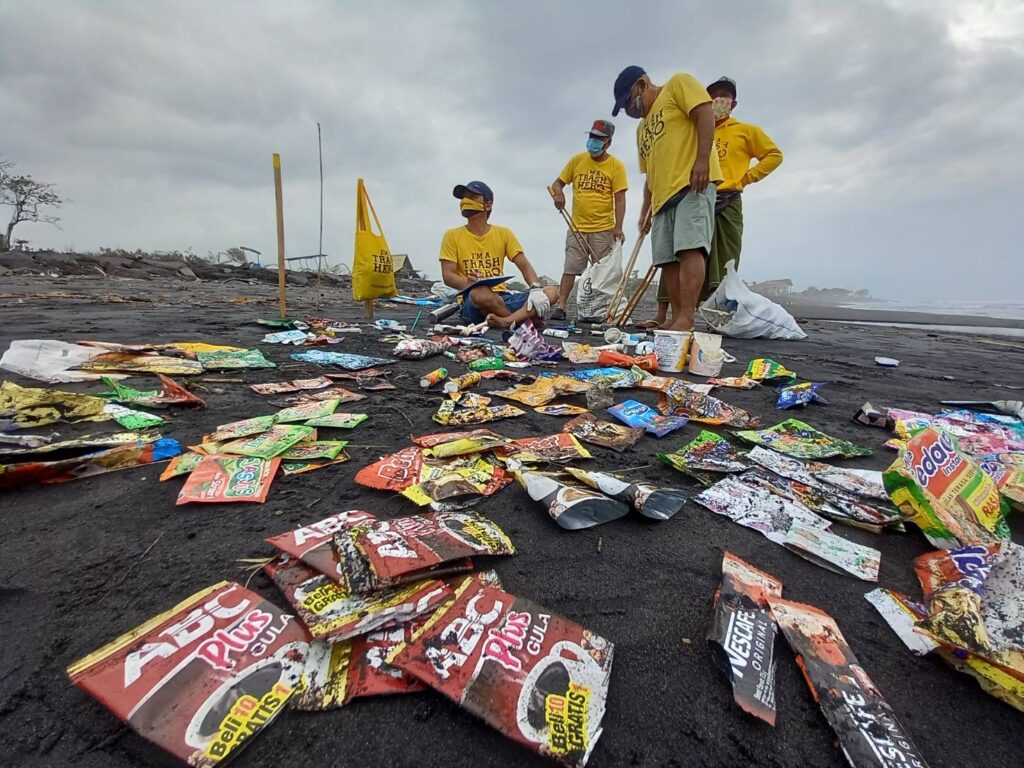
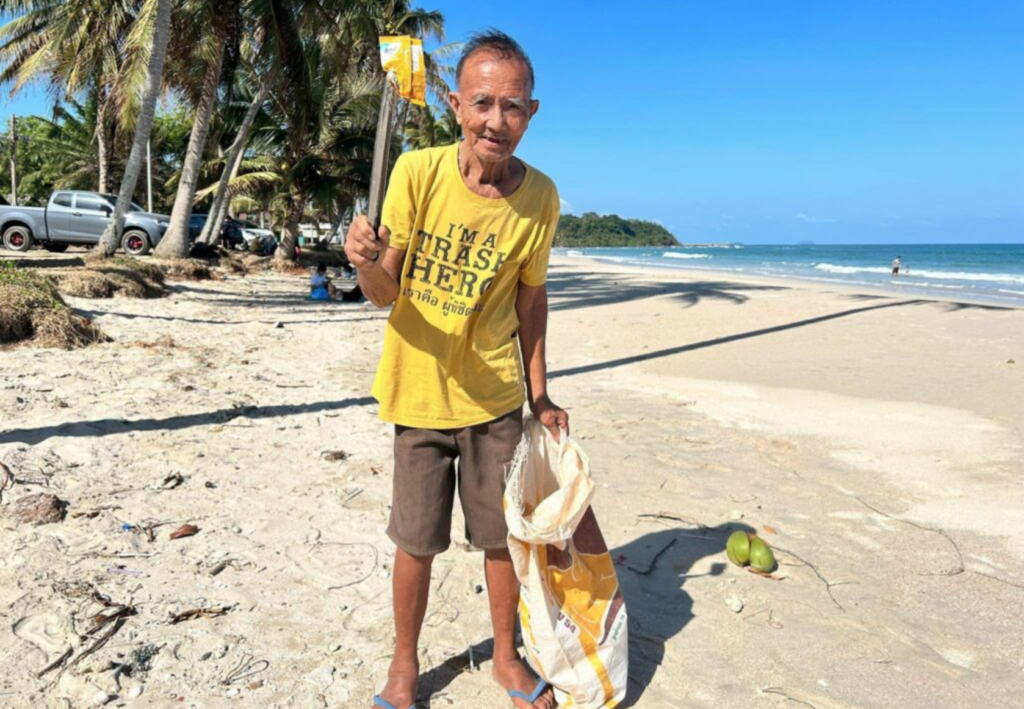
A means to exploit the poor and undermine local culture
In the Global South, sachets are marketed aggressively at low-income households. At first, they may appear as an economical choice for families with low weekly earnings. A closer examination of the prices per 100g or 100ml (the “unit cost”) reveals that sachet products are frequently pricier than their counterparts in bottles or larger containers. The packaging also encourages the use of more product than may be necessary, resulting in more money lost over time. The price difference becomes worse over time. A 10ml shampoo sachet is used for one wash, while a 200ml bottle enables 20+ washes with less shampoo per wash.
The takeover of sachets has meant traditional refill systems and the use of natural packaging have been forgotten. Before they flooded the market, families would bring their containers to shops, and shopkeepers would measure out portions of items such as sugar or cooking oil catering for all sizes and needs with no environmental impact.
The epitome of throw-away culture, but where is ‘away’?
A typical sachet has an airtight inner plastic layer that protects the product, a foil barrier against moisture and heat, and an outer flexible layer that can be printed on. An adhesive holds it all together.
This small, single-use, yet durable design creates big environmental impacts. Their light weight means they often end up in forests, rivers, and oceans. From here, animals mistake them for food and get sick or even die after consuming them. Discarded sachets also worsen flooding by clogging waterways and drains, leading to more water-borne diseases. For something that is used for seconds, they have a very long-lasting impact!
For recyclers and waste pickers, sachets have no value. The layers of cheap materials and adhesive render them unrecyclable and expensive to manage. So there is little incentive to collect them, as nothing useful can be done with them. . Former CEO of Unilever, Paul Polman, has said: “Packaging this small and with such little value has proved impossible to collect at scale, let alone recycle. We need to get rid of harmful sachets for good”. And he is not the only one who has spoken out. Unilever’s President for Global Food and Refreshments, Hanneke Faber, branded their multilayer design as ‘evil’ due to its non-recyclability.
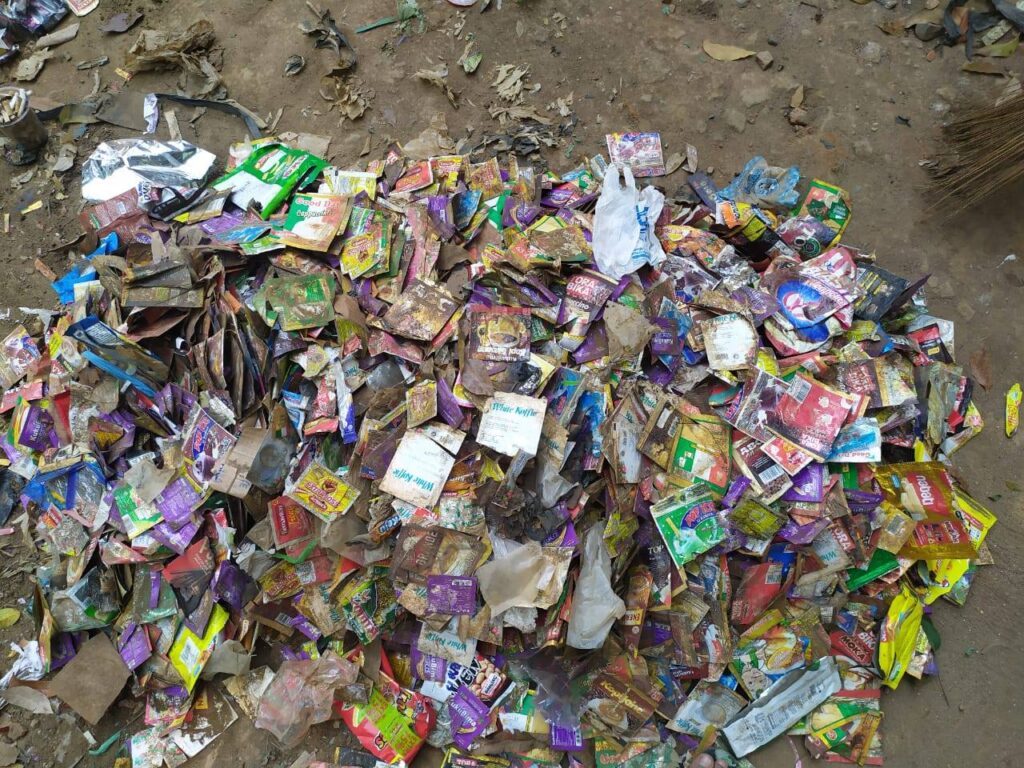
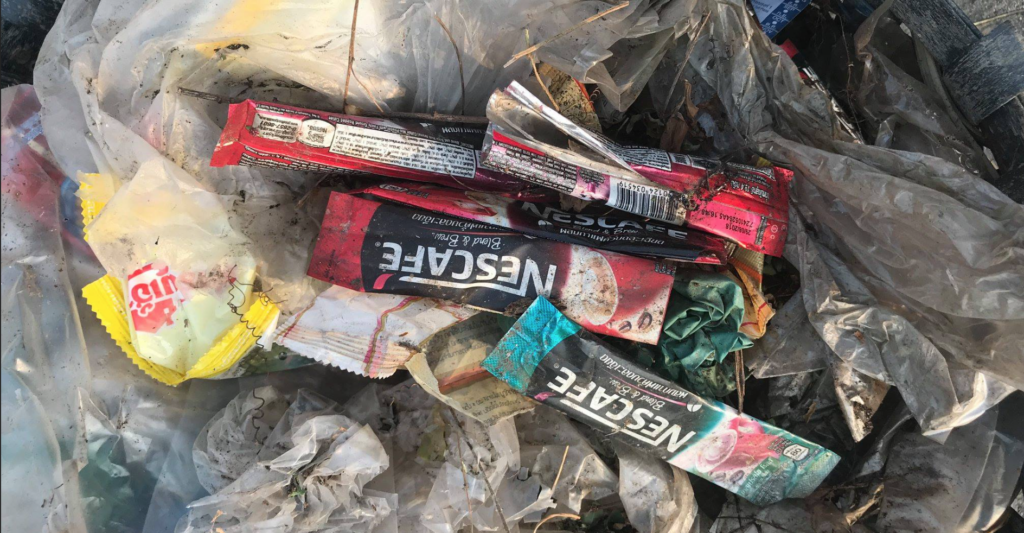
Producer responsibility: a burning question
Despite this, sachets continue to be sold in areas where waste collection infrastructure is non-existent. If not ending up in nature, the fate of most sachets is either a dumpsite or, more commonly, some form of burning. This is highly toxic, being detrimental to both human health and ecosystems, as well as contributing to the climate crisis.
Various “recycling” schemes promoted by the producers of sachets often turn out to be little more than burning them, often as fuel for barbecue stalls or laundries, where they pollute further.
In 2017, Unilever invested in “revolutionary” chemical recycling plants in Indonesia that claimed to solve the problem of sachets. Just two years later, they quietly shut down the project. This was due to the ‘logistical difficulties of sachet collection and the challenging economics around the end product.’
In 2019, Unilever announced plans to support refill systems. They planned vendor machines in the Philippines to refill containers with shampoo and conditioner. Reuters visited the sites of these refill stations and discovered that Unilever had removed them after just one month.
So, what is the solution?
Products sold in sachets can be sold as part of a refill system, but companies are reluctant to invest in the infrastructure needed. Sachets are cheap to produce and so make more profit. So they continue to focus on ways to better managing waste instead of avoiding it in the first place.
We need companies to stop pushing unproven and harmful processes such as ‘chemical recycling’ as a solution. We need them to stop allowing poor communities, our planet and climate to bear the brunt of sachets devastating costs. We need them to commit to safe and sustainable reuse and refill systems that are accessible to everyone.
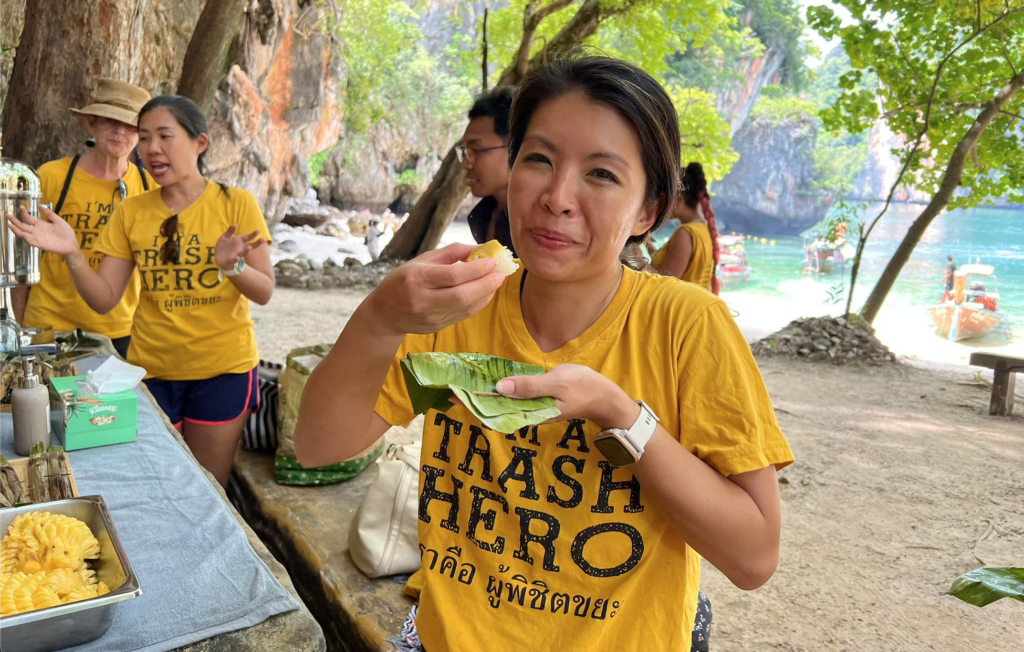
If you agree that plastic sachets should be phased out, then share our Instagram post so more people see the true cost of sachets!
read more

